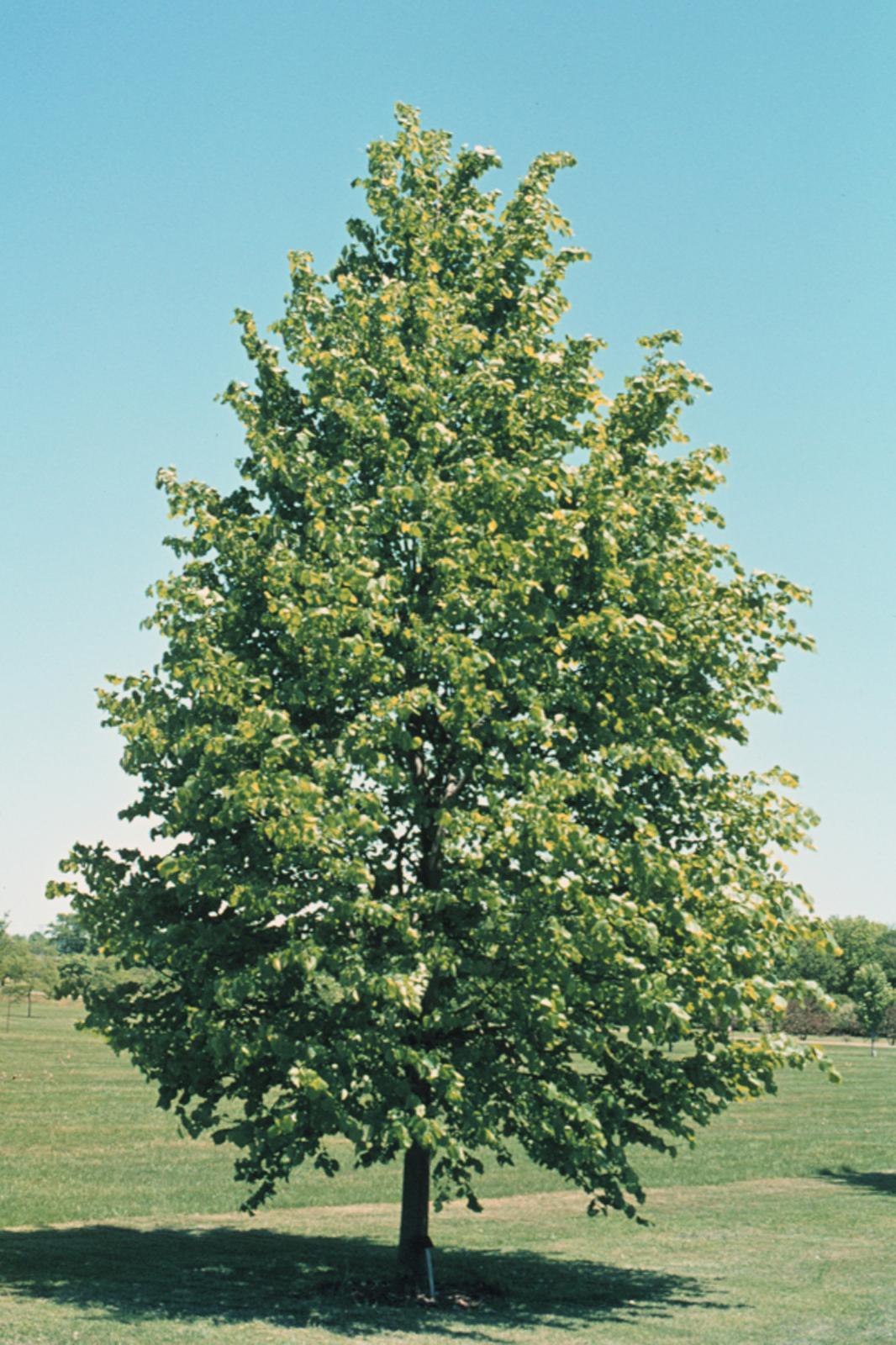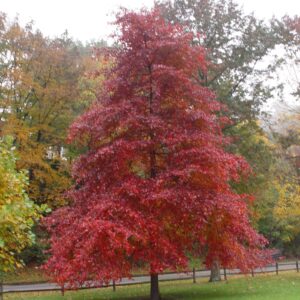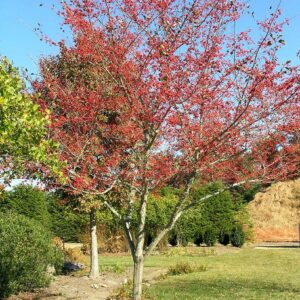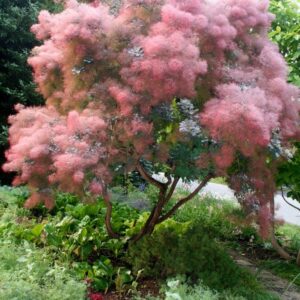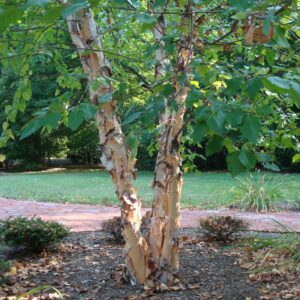Description
Little-Leaf Linden Characteristics
Little-Leaf Linden are large ornamental flowering shade trees that are native to Europe. The drooping yellow flowers attract many bees, butterflies and pollinators. In autumn, the leaves turn a non-showy pale yellow.
Insect and diseases can occur but are rarely fatal. The exception is verticillium wilt, which is rare but can be life-threatening. Powdery mildew, leaf spots, and canker are all possible. Borers, scale, lace bugs, caterpillars and Japanese beetles are all occasional visitors.
-
USDA Climate Zone
Zones 3 - 7
-
Height
50.00 - 70.00
-
Spread
35.00 - 50.00'
-
Bloom Time
June`
-
Water
Medium
-
Sun
Full Sun - Part Shade
-
Maintenance
Low
-
Deer Resistant?
No
